Basics Of Stormwater Management
The Basics Of Stormwater Management.
Descripción
- Regulations: Stormwater Management Regulations are a key component of EPA’s Clean Water Act.
- Overriding Goal: Protect the quality of U.S. waterways by reducing the discharge of sediment, oil and chemicals into storm drains, surface water and groundwater.
- Who is regulated? Three (3) main categories are now required to comply with these regulations:
- Industrial - a total of 450 Standard Industrial Classification Codes (SIC)
- Municipalities
- Construction Activities
- Did you know?
- Approximately 70% of all storm drains lead directly to open waterways, without treatment.
- 46% of all impaired rivers and lakes in the U.S. are polluted due to uncontrolled stormwater runoff.
- A one quart oil spill causes a two acre oil slick.
- In San Francisco, you can be fined $25,000 for dumping oil into a storm drain.
- In 2001, a major retail chain was fined $1 million by the EPA for stormwater violations.
- Key Stormwater Acronyms and phrases:
- SWPPP - A “Stormwater Pollution Prevention Plan” is an erosion, sediment and waste chemical control plan. All regulated entities must file a SWPPP with the EPA to be granted a stormwater permit.
- BMP - “Best Management Practices” include operating procedures and products to control site runoff, spills, leaks and drainage from raw material storage. When filing a SWPPP, a detailed description of BMPs planned for use at the site is required.
- MEP - “Maximum Extent Practicable” - Stormwater permits require that the discharge of pollutants into storm drains be reduced to the “maximum extent practicable”.
- NPDES - “National Pollutant Discharge Elimination System” - This is the technical name for EPA’s stormwater management regulations. Regulated entities must comply with NPDES, 40 CFR 122.26 (1999).
- Non-Point Source Pollution - This term is synonymous with “stormwater runoff”. Unlike stormwater pollution, “point source pollution” can be easily attributed to a single source, such as a catastrophic leak from a storage tank. “Non-point source pollution” (stormwater runoff) has many contributors, e.g., oil leaks from vehicles in parking lots, sediment from multiple sources, a chemical or oil sheen from drums, tanks, equipment or raw materials stored outdoors.
|



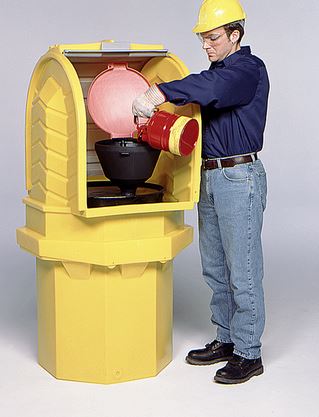
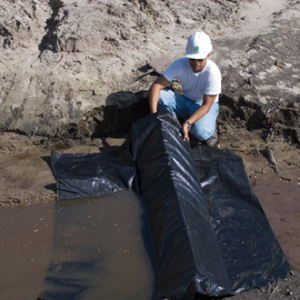
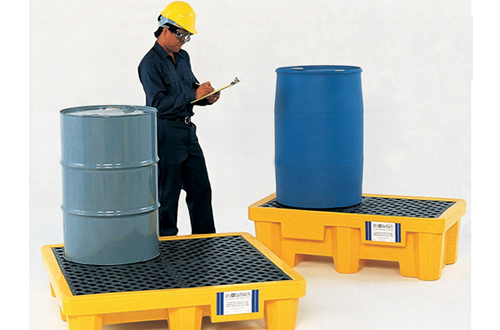
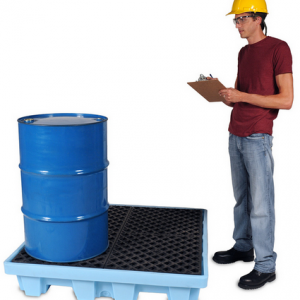
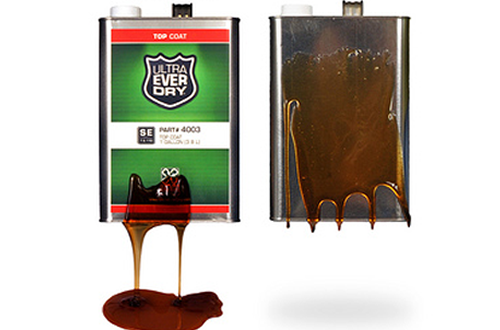
Reseñas
No hay reseñas todavía.